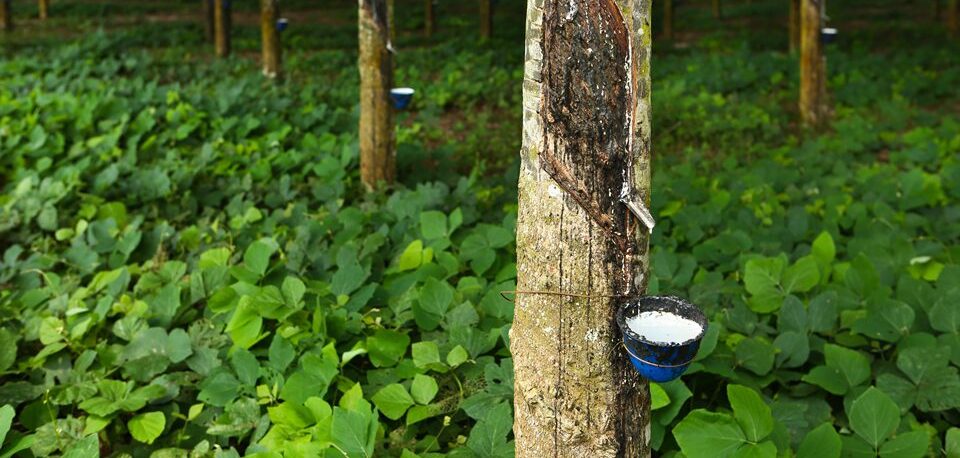Tire maker Bridgestone is deploying an optimization system that uses big data to help create higher yields at rubber farms.
The new system will contribute to ensuring a sustainable supply of natural rubber, with the company looking to develop an optimal tree-planting program over the next 30 years to improve and stabilize upcoming yields in Para rubber tree plantations.
Following advice from the Institute of Statistical Mathematics at the Research Organization of Information and Systems in Japan, Bridgestone says it applied a mathematical model to the system allowing measurements and data to be compiled on aspects such as soil health, disease management and clone potential. These methods allow the rubber farms to overcome various management issues and plant different clones of trees in optimal areas to improve harvests.
By using this model in partnership with previous data collected from a multitude of rubber tree plantations, the new system uses a mixed-integer programming approach to deduce optimal planting techniques, helping rubber farms to decide on where, when and how many tree clones should be planted to maximize productivity. As further data is recorded the company will alter the existing system before applying it to further plantations to help strengthen its sustainable global rubber supply.
Bridgestone notes that the Earth’s population is projected to hit 9.6 billion by 2050, with the number of cars expected to reach 2.4 billion. As a result the demand for materials and rubber needed to produce tires will rise, alongside a move to decouple economic growth from environmental impacts, as stated in the United Nations’ Sustainable Development Goals.
The Para rubber tree, primarily grown in Southeast Asia, currently provides the rubber needed to produce tires but the amount of land needed for this creates issues, such as the depletion of tropical rainforests. To combat this, the company is advancing techniques to support sustainable business activities and technology that will contribute to a stable natural rubber supply in the future.
Bridgestone states that by 2030, it will decouple the growth of its business from its environmental impact and increased resource consumption by providing safer and more secure transportation options, while also contributing to further CO2 reductions by expanding its renewable resources.



